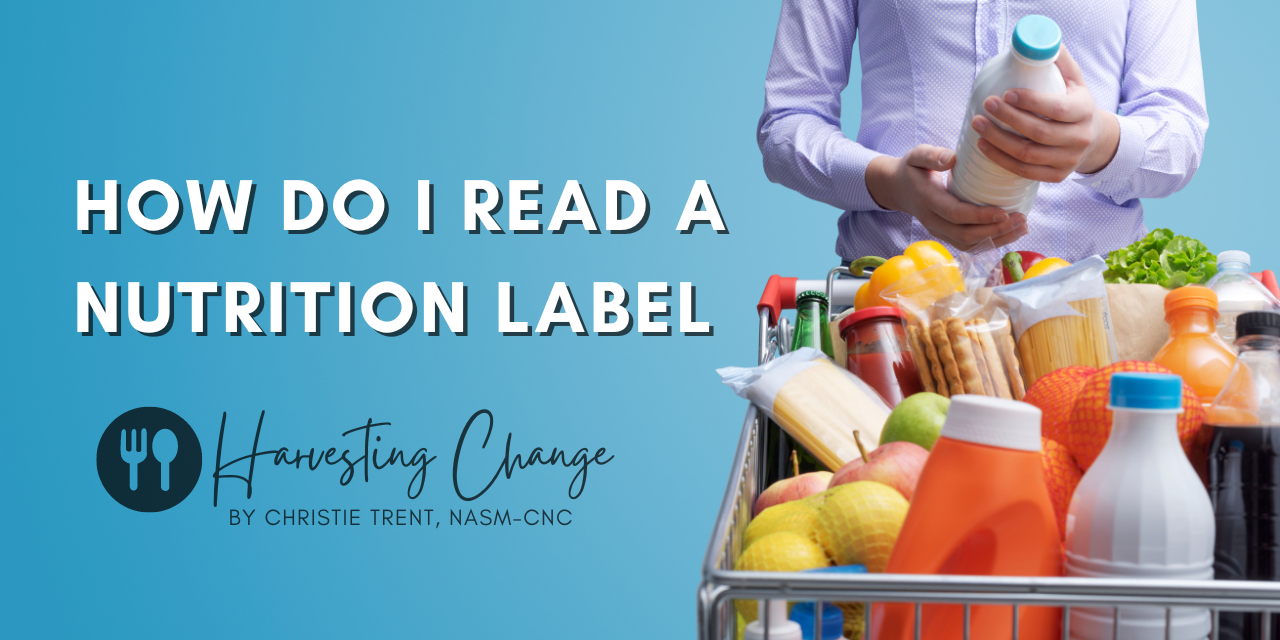
Navigating the aisles of the grocery store can be overwhelming, especially when you're trying to make healthy choices for you and your family. One of the best tools at your disposal is the nutrition label, but understanding it can be a challenge. As a nutrition coach, I'm here to help you decode nutrition labels so you can make informed decisions about the foods you eat.
Understanding Serving Size and Servings per Container:
The first thing to look at on a nutrition label is the serving size and the number of servings per container. This information is crucial because all the other values on the label are based on these serving sizes. It's important to compare the serving size listed on the label to the amount you actually eat to ensure you're getting the right amount of nutrients.
Checking Calories and Nutrients:
Next, take a look at the calorie count and the amount of nutrients in the food. Pay attention to the "% Daily Value" (%DV) column, which tells you how much of a particular nutrient one serving of the food provides based on a 2,000-calorie diet. Aim for foods that are lower in saturated fat, trans fat, cholesterol, and sodium, and higher in fiber, vitamins, and minerals.
Understanding Nutrient Content Claims:
Nutrient content claims on food packaging can be confusing. Phrases like "low-fat," "high-fiber," or "reduced-sugar" can make a product sound healthier than it actually is. As a nutrition coach, I advise looking beyond these claims and focusing on the actual nutrition label to determine the healthfulness of a food.
Avoiding Common Pitfalls:
When reading nutrition labels, it's important to be aware of common
pitfalls. For example, foods labeled as "low-fat" or "reduced-fat"
may be higher in sugar or sodium to compensate for the lack of fat.
It's also important to pay attention to serving sizes, as some packages
contain multiple servings despite appearing to be a single serving.
Added Sugar:
Added sugar, often referred to as "free sugars" in dietary guidelines,
is any sugar added to food or drinks during processing or preparation.
This includes sugars added to foods by manufacturers, cooks, or consumers,
as well as sugars naturally present in honey, syrups, fruit juices, and
fruit juice concentrates. These sugars contribute to the overall calorie
content of a food but provide little to no nutritional value. On the
other hand, natural sugars are sugars that are naturally present in
foods, such as fructose in fruits and lactose in milk.
While natural sugars also contribute to the calorie content of foods,
they are accompanied by other nutrients, such as fiber, vitamins,
and minerals, which can make them a healthier choice compared to added
sugars.
Learn more:
Use My Sugar Calculator
Reading nutrition labels is an essential skill for making healthy choices at the grocery store. By understanding serving sizes, checking calories and nutrients, and being aware of nutrient content claims and common pitfalls, you can make informed decisions about the foods you eat. As a nutrition coach, I'm here to support you on your journey to better health through nutrition.